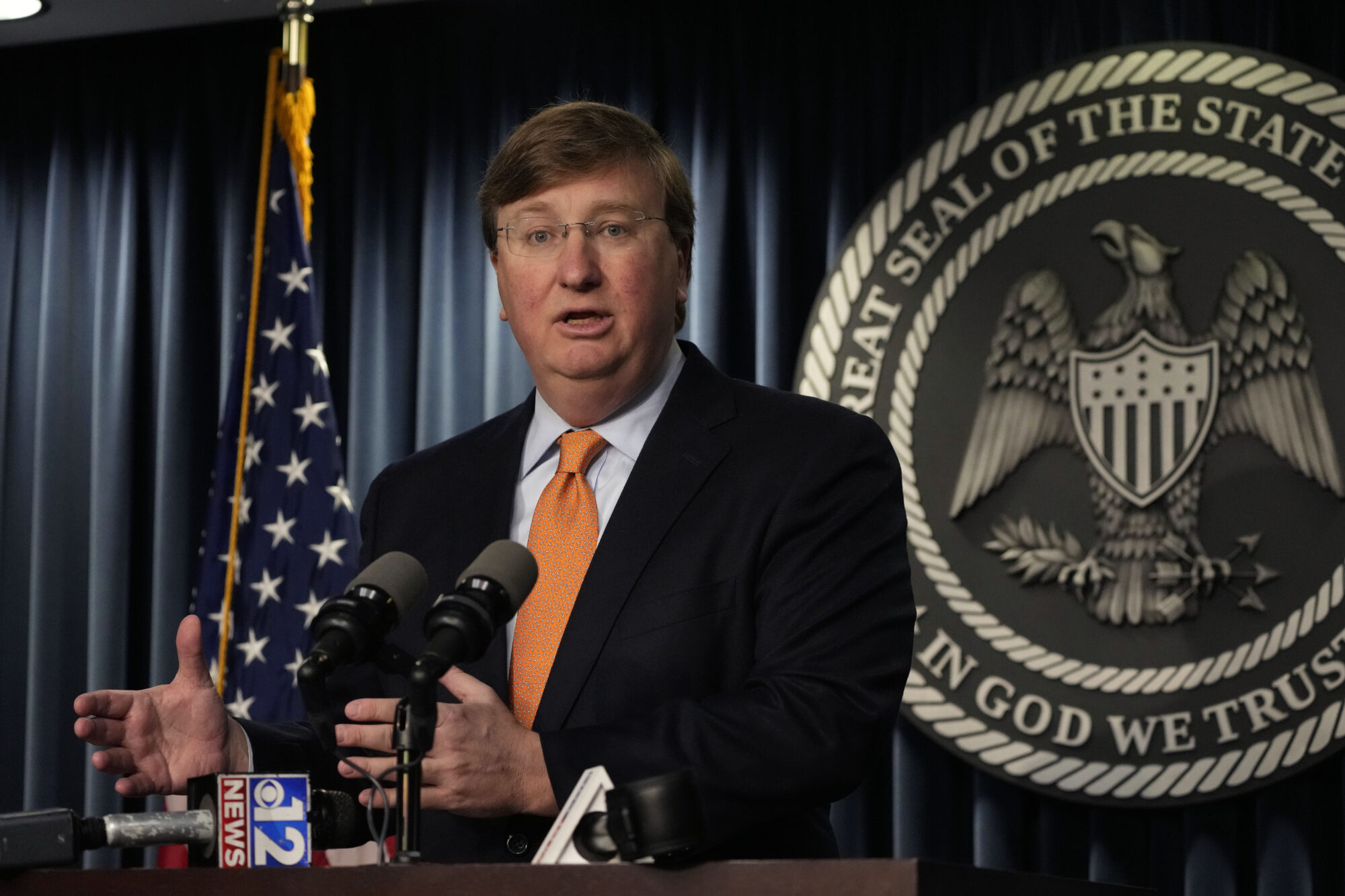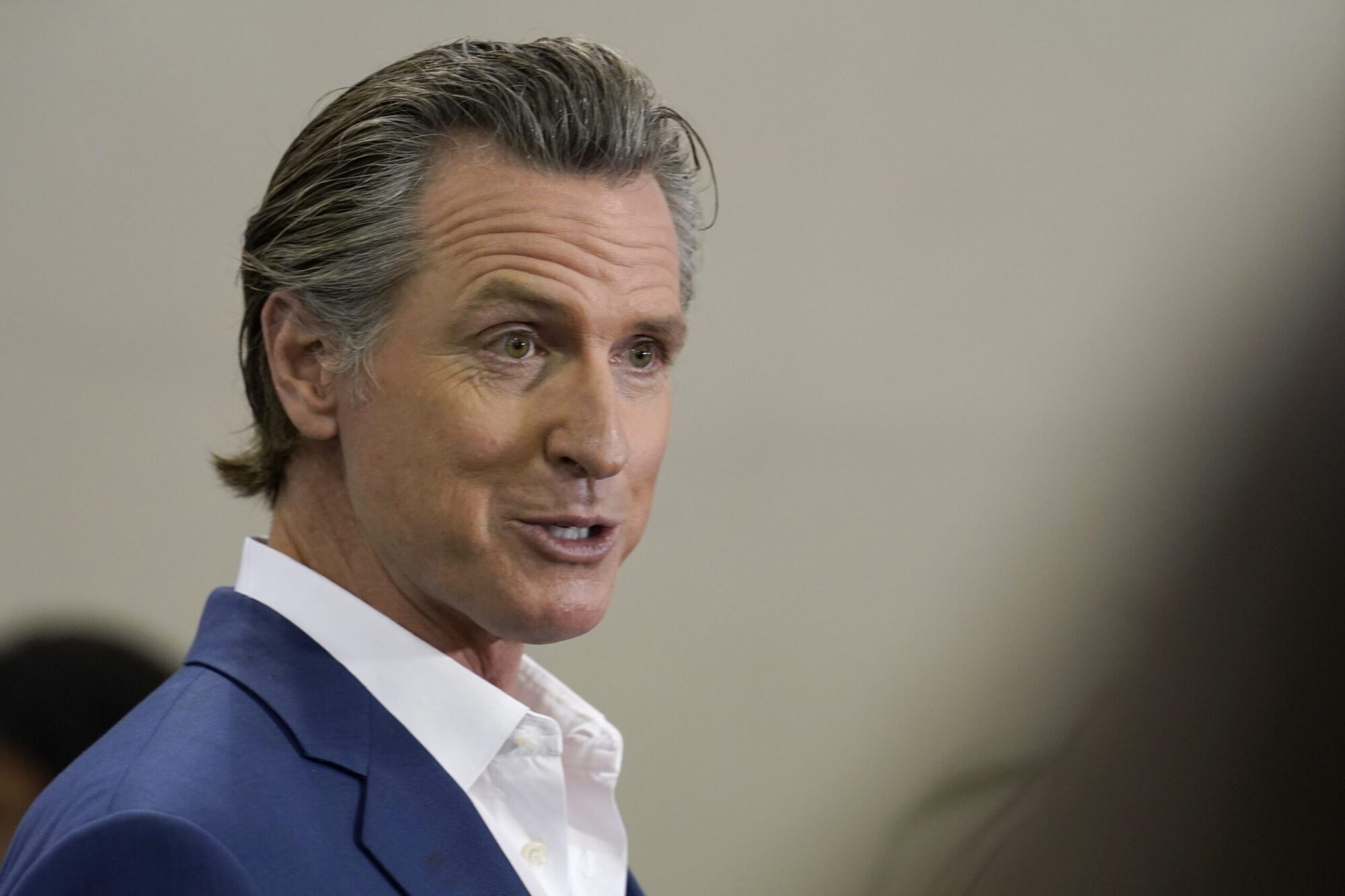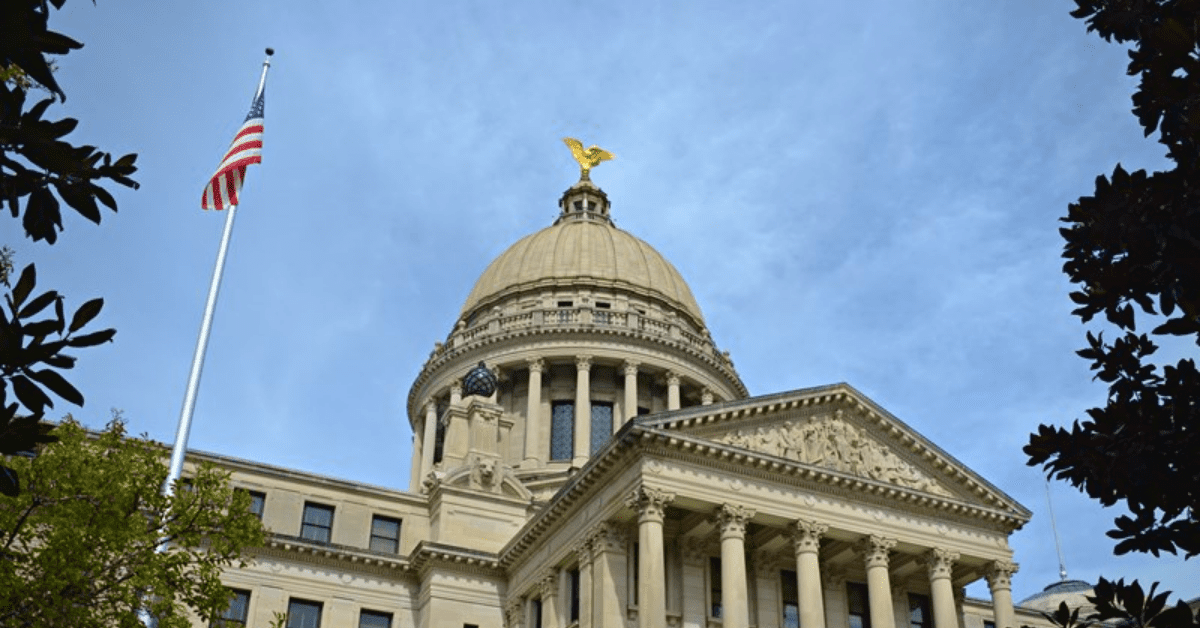
Mississippi IHL (Photo from IHL website)
- National Center for Higher Education Management Systems will collect data from all of the state universities to draft potential funding models for IHL’s consideration.
The Mississippi Institutions of Higher Learning Board of Trustees is preparing to consider the use of a more modern funding allocation model thanks to the help from a non-profit.
The IHL Board is working with the National Center for Higher Education Management Systems (NCHEMS) to review the state’s eight public universities over the next several months to help find the best model to ensure the state’s employment needs are met while serving the state’s college age population at large.
Brian Prescott, President of NCHEMS, said during Thursday’s meeting of the IHL Board that they are still early in process, having only entered the contract last month. The contract runs until July 1, 2026. Prescott and NCHEMS Vice President Sara Pingel presented the Board with several options for consideration that are working in other states.
“We would want it to be able to incentivize performance and to be effective in periods of both growth and decline,” Prescott said about the potential model the IHL Board ultimately chooses.
This decision will be important for several reasons, including the fact that growth among Mississippi’s universities is not universal, and that universities need to be flexible to respond to declines predicted as part of a looming enrollment cliff.
For several years, IHL and the Legislature has been warned that the state’s declining population is leading to less students graduating from high school. This is not only a fear in Mississippi but in other states around the nation as well.
“Particularly at a time in which higher education across the nation is likely to experience a decline in a number of traditional age students looking seeking higher education experience,” Prescott explained. “Mississippi is expected to see a decline in the number of 18-year-olds who are graduating from high school much like other states that are nearby and across the country.”
During the term of the contract, NCHEMS personnel will collect data from all of the state universities that will be used to draft funding models for IHL’s consideration. This new funding model aims to intentionally connect higher education to the state’s workforce and societal requirements.
A major factor is the anticipated changes needed to ensure a strong job market in the coming years. Prescott described how research shows that 63 percent of all jobs will require some form of a postsecondary education or training beyond high school by 2031.
Currently, Mississippi’s IHL Board has the task of funneling about 40 percent of the state’s higher learning funding to the public universities, Pingel noted.
She gave the IHL Board four options to consider, which included a base plus model, one based on full-time enrollment numbers, another that focuses on performance metrics, and lastly a hybrid model that employs aspects of one or more of the first three.
“Right now, what is in place is a base plus model and to be clear that’s how a lot of states allocate their funding for higher education,” Pingel described.
IHL’s model currently places a priority on closing gaps in faculty salaries. While the aim is to ensure pay scales are close to those offered in other states, there are limitations with base plus models, a major limitation being that such models risk establishment of funding levels that do not match current needs because they were established years earlier.
The full-time enrollment formula is simple, as it provides funding based on student population, but it is rarely used, and only by a few two-year systems.
“Through this model the dollars follow the enrollment,” Pingel outlined. “It’s important to note that no states do this right now for their four-year public systems.”
This model also ignores cost drivers behind enrollment numbers and variances in program costs. It can become disconnected from a state’s goals in keeping graduates working and living within their home state.
Performance funding is only employed by a small number of states. In this system, institutions get points for categories such as degree production in desirable fields and employment outcomes. This model is tough to utilize because it requires sufficient funding to be successful, the IHL Board was told. By incentivizing performance, institutions get a true reading of the direction the state wants to go at the cost of penalizing improvement when funding is limited.
Pingel suggested the IHL Board consider a model that will ensure institutions are rewarded for their individual progress toward Mississippi’s goal.
“What most states do is a hybrid,” Pingel explained.
Mississippi currently has a hybrid model developed by NCHEMS from 2012, but it is not currently employed in funding disbursement as it does not address changes that have occurred in recent years. It also fails to account for all of the costs to run a university. There is also the possibility a university could be punished for producing positive performance metrics.
Pingel said the IHL should consider a model that allows students to play a role in covering the costs to receive a higher education, such as costs for building maintenance, safety, faculty and administrative costs, to name a few. In a hybrid model, there could be a performance component where IHL would take into consideration the programs that keep students in the state and meet workforce needs. The state would still provide funding, with help from other sources.
“But also, students themselves, through their tuition dollars, could also have a role in funding,” Pingel added.
She showed examples used in other states, one being in Tennessee where the state provides 55 percent of foundational costs through state funding with the remaining 45 percent coming from students’ tuition.
The IHL Board will continue to gather information throughout the contract period with NCHEMS in hopes of establishing a new funding model next year.











